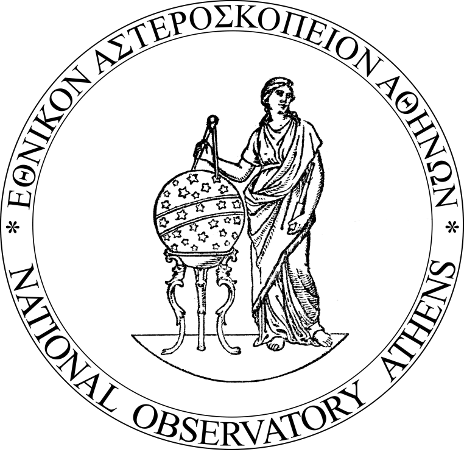Modules
Nikolaos Triantafyllis edited this page Dec 22, 2021
·
4 revisions
The modules help to choose good quality waveforms. The possible values are: clip, mouse, snr, ppsd, ppsdoffline
- snr: real-time check for clipped waveforms (based on module's threshold)
- clip: real-time check for clipped waveforms (based on module's threshold)
- mouse: real-time check for disturbances so-called mouses
- ppsd: real-time check by comparing Power Spectral Densities (based on module's threshold). This module requires 1-hour of data before event. Thus, more time will be needed to finalize the MT computation
- ppsdoffline: The same mechanism reads a directory with PPSD values per station. Thus, a cronjob needs to run (e.g. daily) to update them. Currently, it can be used for realtime operation (keeps no history). Use an empty list [] if no modules need to be set. Recommended for real-time operation: Modules: ['clip', 'ppsdoffline', 'mouse'] Recommended for past-time operation: Modules: ['clip', 'ppsd', 'mouse']
- As low SNR in seismic recordings is very often a primary factor of performance degradation, we implemented an SNR detector in order to identify and remove traces with low seismic energy. The SNR is calculated in the time domain using a specific duration window before and after the P-arrival, employing a classic STA/LTA algorithm (e.g. Trnkoczy, 2012).
Trnkoczy, A. (2012). Understanding and parameter setting of STA/LTA trigger algorithm. In New Manual of Seismological Observatory Practice 2 (NMSOP-2), P. Bormann, ed. (GFZ German Research Centre for Geosciences), p. 20 pp. - The procedure calculates the percentage of the signal that is above the given threshold, and returns True/False based on the value that was set in the plugin.
- Code could be expanded with more instrument-specific code. Add a new PR and suggest your module.
- For the purpose of automatic detection of clipped records the algorithm suggested by Wang and Zhang (2020) was adopted..
Wang, S., and J. Zhang (2020). Automatic detection of amplitude-distorted samples from clipped seismic waveforms. Seismol. Res. Lett. 91, 3563–3573, doi: 10.1785/0220200011. - The procedure calculates the percentage of the signal that is above the given threshold, and returns True/False based on the value that was set in the plugin.
- Code could be expanded with more instrument-specific code. Add a new PR and suggest your module.
- Broadband records can contain strong long-period disturbances that have the potential to affect the source inversion procedure. Ground tilt or instrumentation internal clipping are the dominant explanations for this type of artifact, however, its true origin is not fully understood. In order to avoid the negative effects of the so-called "mouses" in our dataset, we apply a modified version of the Mousetrap code (Vackář et. el, 2015)..
Vackář J., J. Burjánek, and J. Zahradník (2015). Automated detection of disturbances in seismic records; MouseTrap code. Seism. Res. Letters 86, 442-450, doi: 10.1785/0220140168. - The procedure calculates the percentage of the signal that is above the given threshold, and returns True/False based on the value that was set in the plugin.
- Code could be expanded with more instrument-specific code. Add a new PR and suggest your module.
- The Probabilistic Power Spectral Density [PPSD] is calculated per channel based on the approach implemented by the ObsPy (https://docs.obspy.org/packages/autogen/obspy.signal.spectral_estimation.PPSD.html). Channels that present PPSD curves that deviate significantly from the given high/low noise model, are discarded from the procedure. The user is able to select between two implemented versions (i.e. online and offline). At the online option, the module decides about the quality of the channel, based on PPSD calculations of 1-hour of data before the origin time of the earthquake, while at the offline option, the module reads the daily PPSD computations from a directory, which is being updated frequently (user-defined e.g. daily). The offline option is recommended for real-time operation. The waveform selection/filtering code is implemented with a CPU multiprocessing perspective for faster calculations, and therefore, each station’s recordings are mapped and processed on each available CPU core.
- If offline option is selected, you need to run the PPSD tool (e.g. daily) in a cron job.
- The procedure calculates the percentage of the signal that is above the given threshold, and returns True/False based on the value that was set in the plugin.
- Code could be expanded with more instrument-specific code. Add a new PR and suggest your module.
View the real-time operation in the Institute of Geodynamics of the National Observatory of Athens (NOA), Greece

